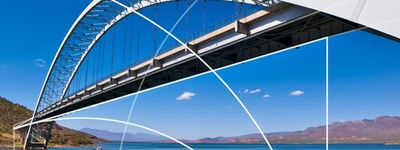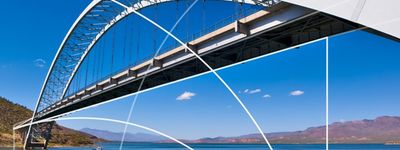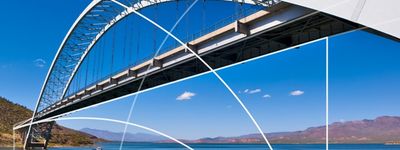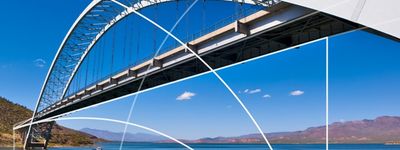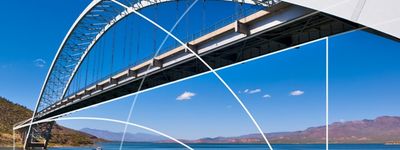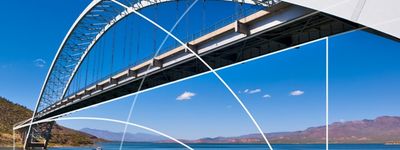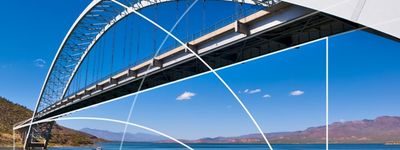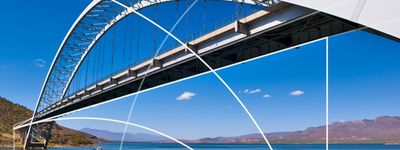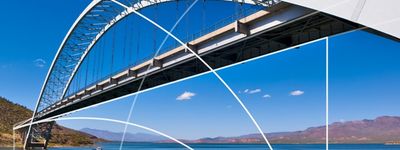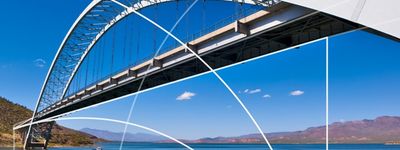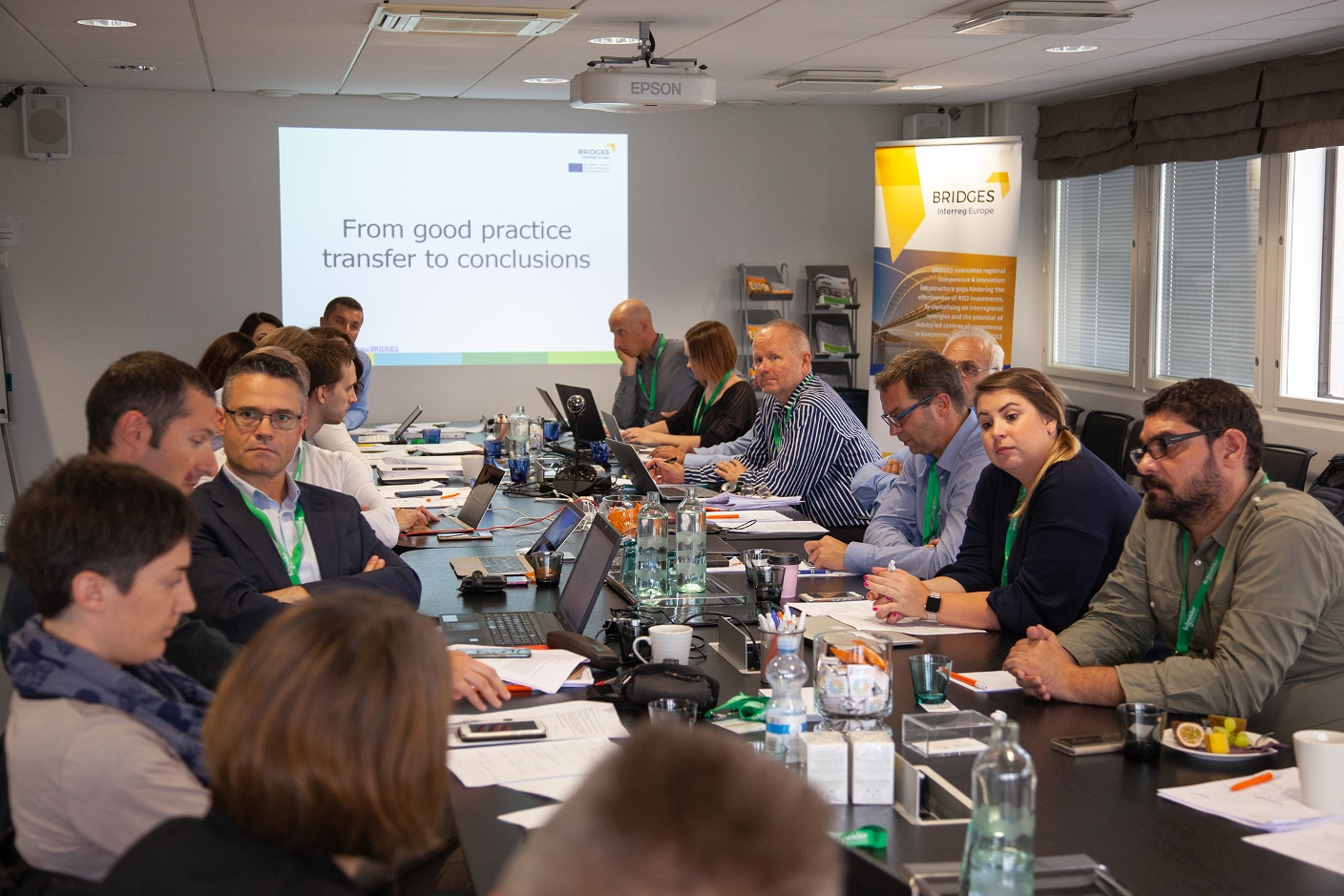Kainuu will have two action plans. This is result of the RIS3 approach in the region. Kainuu region integrated the BRIDGES project into its RIS3 stakeholder groups. Kainuu RIS3 is organised into six sub groups, four of which relate to the bio-based economy. When BRIDGES started, the Regional Council of Kainuu, considered important to involve all four relevant subgroups. Later, the innovation maps, the good practice relevance and the regional stakeholder discussions indicated that two of the sub groups - 1) forest industry side flows and 2) berry sector - had the option to proceed to have an action plan reflecting their needs and, especially, investments potential.
The first feasibility study on lignine applications builds on the forest side flows valorisation. Forest economy-based side flows valorisation is a priority of the RIS. One key issue with the lignine applications is that the demand price, depending on the type of product offered can vary from very cheap, let us say 0,3€/kg to 3000€/kg. Thus the opitmisation exercise which is the core part of our feasibility study, is to identify types of investments with increased added value, clear demand for lignine-extracted products, and plausible economic base (localisation) in Kainuu and / or Finland. These investments will form the base of the RIS3 paths in the first action plan. Besides the obviously strong resource base, Kainuu has a considerable strong economic base for lignine extraction based on bioethanol – recovery activities, and for lignine applications on the wood processing industry. However, the demand side needs to be better described if the action plan is to address the issue effectively. The good practice transfer, in this case, comes from one centre of expertise contributed by our CEEI Burgos PP8. This centre of expertise, located in Northern Westpahlia, addresses circular economy in a much more cohesive way than traditionally done in our area. For example, investments are seconded by educational interdisciplinary courses and business services qualifications towards longer term development paths.
The 2nd feasibility study is on the industrial renewal of the berry industry, through upscale investments and value chain participation. Kainuu berry products can be grouped into 1) fruits, juices & food supplements, and 2) utilisation of berry ingredients in life sciences (e.g. medical and cosmetics industries). The sector includes 3) research, 4) various complementary technologies related to the products, and 5) relevant business models. The purpose of the feasibility study is to propose measures effectively and sustainably developing & expanding the berry industry of Kainuu in collaboration with other Finnish regions. The measures take into account advanced Finnish research options and models for valorising them both at regional level and through value chains. Value chain participation is one crucial objective of our feasibility study. To this end, we also have included into the formulation and submission of an application to the S3 platform (called “Berry S3P” for short) in collaboration with other EU partners, including partners from our BRIDGES project (Lubelskie, Uusimaa, West Macedonia). The good practice that led to the adoption of this action line were two good practices (GPs) demonstrating early benefits from S3P initiatives, one GP contributed by our PP9 CERTH (Greece) and the other one by the Region of Central Macedonia (synergy region).


